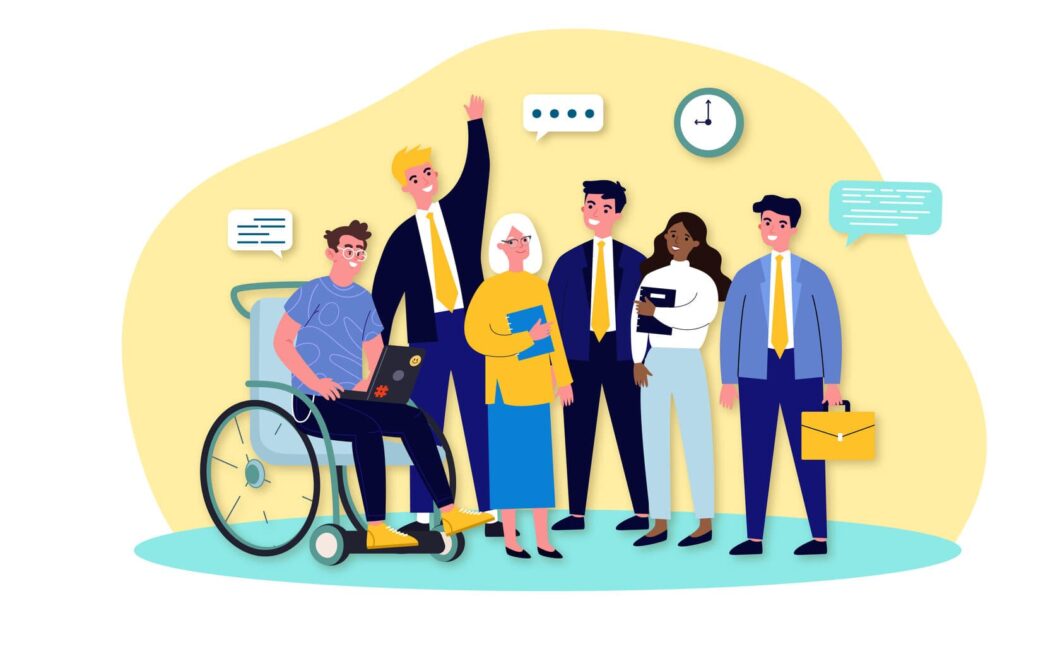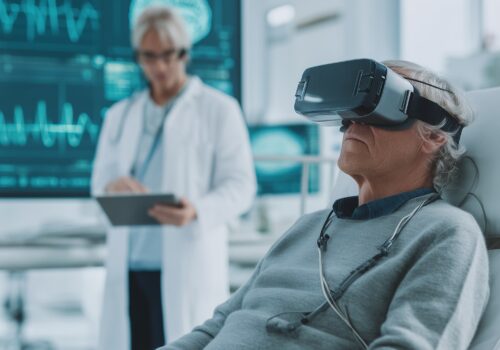Innovations in Assisting Persons with Disabilities: Expanding Accessibility
Introduction
In today’s rapidly evolving technological landscape, innovations have played a pivotal role in transforming the lives of individuals with disabilities. These innovations have led to breakthroughs in assistive technologies, communication methods, and accessibility solutions, empowering people with disabilities to lead more independent and inclusive lives. This article explores the recent innovations that have been instrumental in expanding accessibility for persons with disabilities.
Assistive Technologies Revolutionizing Mobility
One of the most significant areas of innovation for individuals with disabilities is mobility assistance. Advancements in prosthetics, wheelchairs, and mobility aids have been nothing short of revolutionary. High-tech prosthetic limbs with sophisticated sensors and adaptive features are enabling amputees to regain unprecedented levels of functionality and mobility. Additionally, advanced wheelchairs equipped with AI and GPS technologies offer greater independence and navigation capabilities for wheelchair users. These technologies are not only improving mobility but also enhancing the overall quality of life for those with physical disabilities.
Accessible Digital Platforms and Communication
The digital age has ushered in a new era of communication for persons with disabilities. Speech recognition software, screen readers, and eye-tracking devices are making it easier for individuals with disabilities to access and interact with digital content. Furthermore, innovative communication apps and devices are providing alternative means of expression for those with speech or hearing impairments. These innovations have not only improved communication but also increased access to education, employment, and social engagement. As a result, individuals with disabilities can now participate more fully in the digital world, accessing information and communicating with greater ease.
Smart Homes and Assistive Living
The concept of smart homes has gained prominence in recent years, offering individuals with disabilities greater control and autonomy in their daily lives. Innovations in home automation technology allow individuals to control lighting, temperature, security, and appliances through voice commands or mobile apps. For persons with mobility impairments, this technology can be life-changing, enhancing their ability to perform tasks independently and improving their overall quality of life. These smart home solutions are not only convenient but also promote a sense of independence and self-sufficiency.
Accessible Transportation Solutions
Innovations in accessible transportation have made it easier for people with disabilities to travel independently. Wheelchair-accessible vehicles, public transportation enhancements, and ride-sharing services with accessible options have made commuting more convenient and inclusive. Additionally, navigation apps designed for individuals with disabilities provide real-time information on accessible routes and transportation options, reducing barriers to mobility. Ongoing developments in electric and autonomous vehicles hold the promise of even greater accessibility in the future. These innovations in transportation are opening up new opportunities for individuals with disabilities to lead active and mobile lives.

Education and Employment Opportunities
The field of education and employment has seen a significant shift toward inclusivity and accessibility. Assistive technologies, such as screen readers, speech recognition software, and braille displays, are leveling the playing field for students and employees with disabilities. Online education platforms are incorporating accessibility features, ensuring that individuals with disabilities can access educational resources seamlessly. Moreover, remote work opportunities, made more feasible by advancements in telecommuting technology, have created new possibilities for employment and career growth for individuals with disabilities. These changes in the education and employment landscape are fostering greater independence and economic empowerment for individuals with disabilities.
Challenges and Ongoing Innovations
While these innovations have undoubtedly expanded accessibility for persons with disabilities, challenges remain. Affordability and availability of assistive technologies can be barriers for many individuals. Moreover, ensuring that these technologies are fully integrated into public spaces and digital platforms requires ongoing efforts in policy development and enforcement. Accessibility standards and regulations continue to evolve to address emerging technologies and their impact on accessibility. Collaborative efforts among governments, organizations, and technology developers are essential to overcome these challenges and ensure that innovations are accessible to all. It is through these ongoing innovations and collaborative initiatives that we can build a more inclusive and accessible society for individuals with disabilities.
Conclusion
Innovations in assisting persons with disabilities have transformed the landscape of accessibility and inclusivity. From mobility assistance and accessible digital communication to smart homes, transportation solutions, and improved education and employment opportunities, these innovations have significantly enhanced the quality of life for individuals with disabilities. While challenges persist, the continued development and integration of assistive technologies promise a more inclusive future, where everyone can participate fully in society, regardless of their abilities. Innovations will continue to be the driving force behind expanding accessibility and creating a world where disability does not limit one’s potential. It is through these ongoing innovations that we move closer to a world that values diversity and inclusivity as fundamental principles, ensuring that no one is left behind.



